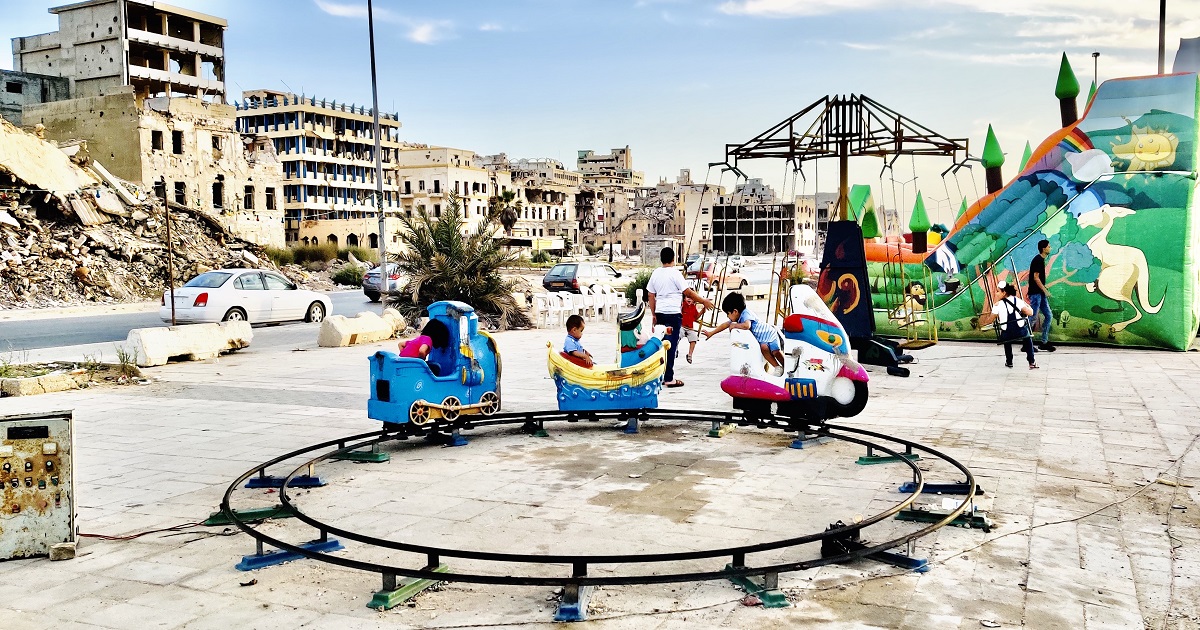Sustainable Urbanism in the Context of Global and Regional Disruptions
A special issue of Buildings (ISSN 2075-5309). This special issue belongs to the section "Architectural Design, Urban Science, and Real Estate".
Deadline for manuscript submissions: 31 July 2024 | Viewed by 13955

Image courtesy of Saleh Almogrbe, PhD student at the University of Strathclyde, Glasgow, UK
Special Issue Editors
Interests: sustainable urban planning; urban regeneration; evaluation and reuse of urban built and industrial heritage; nature-based solutions; urban parks, green areas, and food production
Special Issues, Collections and Topics in MDPI journals
Interests: urban design–theory, education, practice; urban morphology; resilient design; environment relationships
Interests: responsible architectural and urban design; heritage and sustainability; eco-friendly design strategies; well-being and city development; architecture and nature in cities
Interests: architecture and urban pedagogy; sustainable urbanism; emerging cities; urban space assessment; urbanism in the global south; inclusivity in the urban environment; human–environment interactions
Special Issues, Collections and Topics in MDPI journals
Special Issue Information
Dear Colleagues,
This Special Issue on “Sustainable Urbanism in the Context of Global and Regional Disruptions” aims to publish research outcomes that address the emerging themes related to recent environmental, social, and economic disruptions worldwide in both urbanised and urbanising regions. As the need for stronger self-reliance of cities in terms of food and energy is evident, papers that explore how that can be achieved, including the related environmental, social and cultural implications, are of interest. Papers on possible new theoretical, methodological, and practical approaches, including transdisciplinary collaborations, to the prevention of such events and remediation of their consequences are invited.
Prof. Dr. Branka Dimitrijevic
Dr. Ombretta Romice
Dr. Ana Nikezić
Prof. Dr. Ashraf Salama
Guest Editors
Manuscript Submission Information
Manuscripts should be submitted online at www.mdpi.com by registering and logging in to this website. Once you are registered, click here to go to the submission form. Manuscripts can be submitted until the deadline. All submissions that pass pre-check are peer-reviewed. Accepted papers will be published continuously in the journal (as soon as accepted) and will be listed together on the special issue website. Research articles, review articles as well as short communications are invited. For planned papers, a title and short abstract (about 100 words) can be sent to the Editorial Office for announcement on this website.
Submitted manuscripts should not have been published previously, nor be under consideration for publication elsewhere (except conference proceedings papers). All manuscripts are thoroughly refereed through a single-blind peer-review process. A guide for authors and other relevant information for submission of manuscripts is available on the Instructions for Authors page. Buildings is an international peer-reviewed open access monthly journal published by MDPI.
Please visit the Instructions for Authors page before submitting a manuscript. The Article Processing Charge (APC) for publication in this open access journal is 2600 CHF (Swiss Francs). Submitted papers should be well formatted and use good English. Authors may use MDPI's English editing service prior to publication or during author revisions.
Keywords
- city life and global and regional disruptions
- self-reliance of cities
- de-globalisation of urban design
- improving the liveability of cities
- urban food and energy
- transdisciplinary urban planning
- urban lifestyles and social well-being








